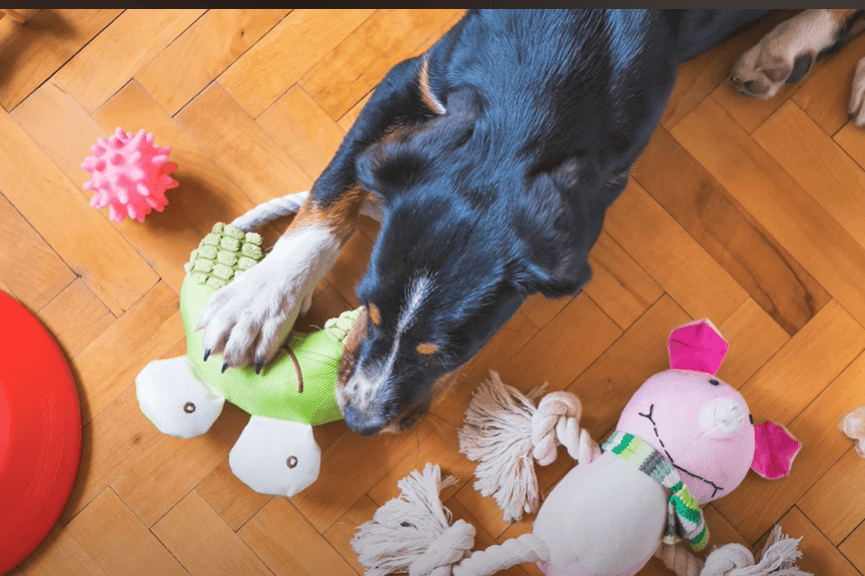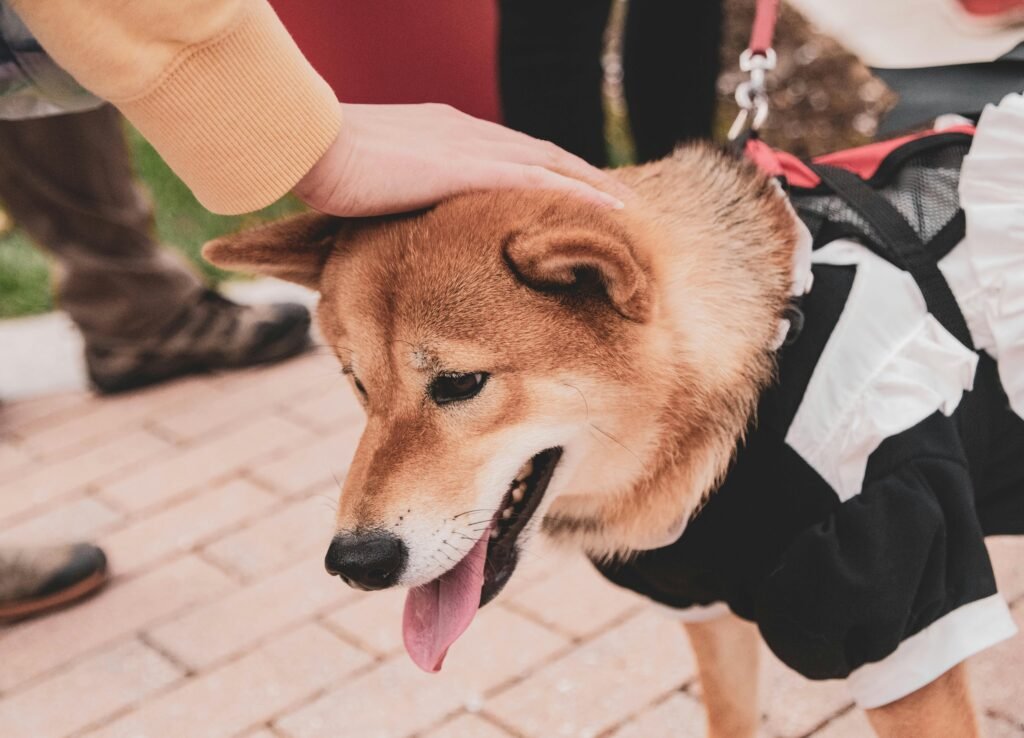Separation anxiety is a challenging behavioral issue many dogs face. It manifests as stress and panic when dogs are left alone, often leading to destructive behavior and emotional distress for both the dog and owner. By combining insights from expert trainers, here’s a guide to understanding and managing separation anxiety in dogs effectively.
1. Understand Separation Anxiety in Dogs

Separation anxiety occurs when a dog becomes overly attached to their owner and cannot cope with being alone. Common signs include:
- Destructive Behaviors: Chewing, digging, or scratching at doors and windows.
- Excessive Vocalization: Barking, whining, or howling when left alone.
- House Soiling: Accidents indoors even if house-trained.
- Physical Symptoms: Panting, pacing, and drooling.
- Escape Attempts: Damaging property to try to reunite with their owner.
Recognizing these behaviors is the first step to addressing the issue.
2. Creating a Safe and Positive Environment

A comforting and engaging environment can reduce your dog’s stress during your absence:
- Provide Engaging Toys: Puzzle toys or treat dispensers can distract your dog and keep their mind occupied.
- Background Noise: Leaving on a radio, TV, or white noise machine can provide a calming background and make your absence less noticeable.
- Comfort Items: Your unwashed clothing or a blanket with your scent can offer reassurance.
These small changes can make a big difference in how your dog copes with alone time.
3. Training Techniques to Alleviate Anxiety

Behavior modification is crucial to help dogs adjust to being alone. Expert trainers suggest these approaches:
- Gradual Desensitization: Start by leaving your dog for a few seconds and gradually increase the duration over time. This teaches them that your absence isn’t permanent.
- Calm Departures and Arrivals: Avoid dramatic goodbyes or overexcited greetings. Act neutrally to prevent reinforcing anxiety-triggering behaviors.
- Practice Alone Time: Encourage independence while at home by having your dog stay in a different room or using a crate if they’re comfortable with it.
- Daily Exercise and Stimulation: A tired dog is less likely to be anxious. Ensure your dog gets physical exercise and mental stimulation daily.
By being consistent, these techniques can help your dog develop a sense of security.
4. Professional Help and Tools

If separation anxiety persists, it’s wise to seek professional assistance. A certified trainer or animal behaviorist can provide personalized strategies. Additionally:
- Pet Cameras: Monitoring your dog in real-time can help you understand their triggers and gauge progress.
- Calming Aids: Products like pheromone diffusers, anxiety wraps, or vet-recommended supplements may offer additional support.
For severe cases, a veterinarian might recommend short-term medication in conjunction with behavioral therapy.
5. Consistency and Routine Are Key

Dogs thrive on routine. Predictable schedules for feeding, walks, and playtime provide stability and reduce anxiety. Combine this with:
- Pre-Departure Calmness: Avoid activities that might excite or stress your dog right before you leave.
- Build Confidence Gradually: Celebrate small wins when your dog remains calm during short absences.
A consistent routine reassures your dog and reinforces their sense of security.
Helping your dog overcome separation anxiety requires patience, dedication, and understanding. By creating a positive environment, employing effective training techniques, and seeking professional guidance when needed, you can help your furry companion feel safe and secure, even in your absence. Together, these steps build a foundation for a calmer, happier, and more independent dog.

Andrew Alpin from India is the Brand Manager of Doggo digest. Andrew is an experienced content specialist and social media manager with a passion for writing. His forte includes health and wellness, Travel, Animals, and Nature. A nature nomad, Andrew is obsessed with mountains and loves high-altitude trekking. He has been on several Himalayan treks in India including the Everest Base Camp in Nepal.






